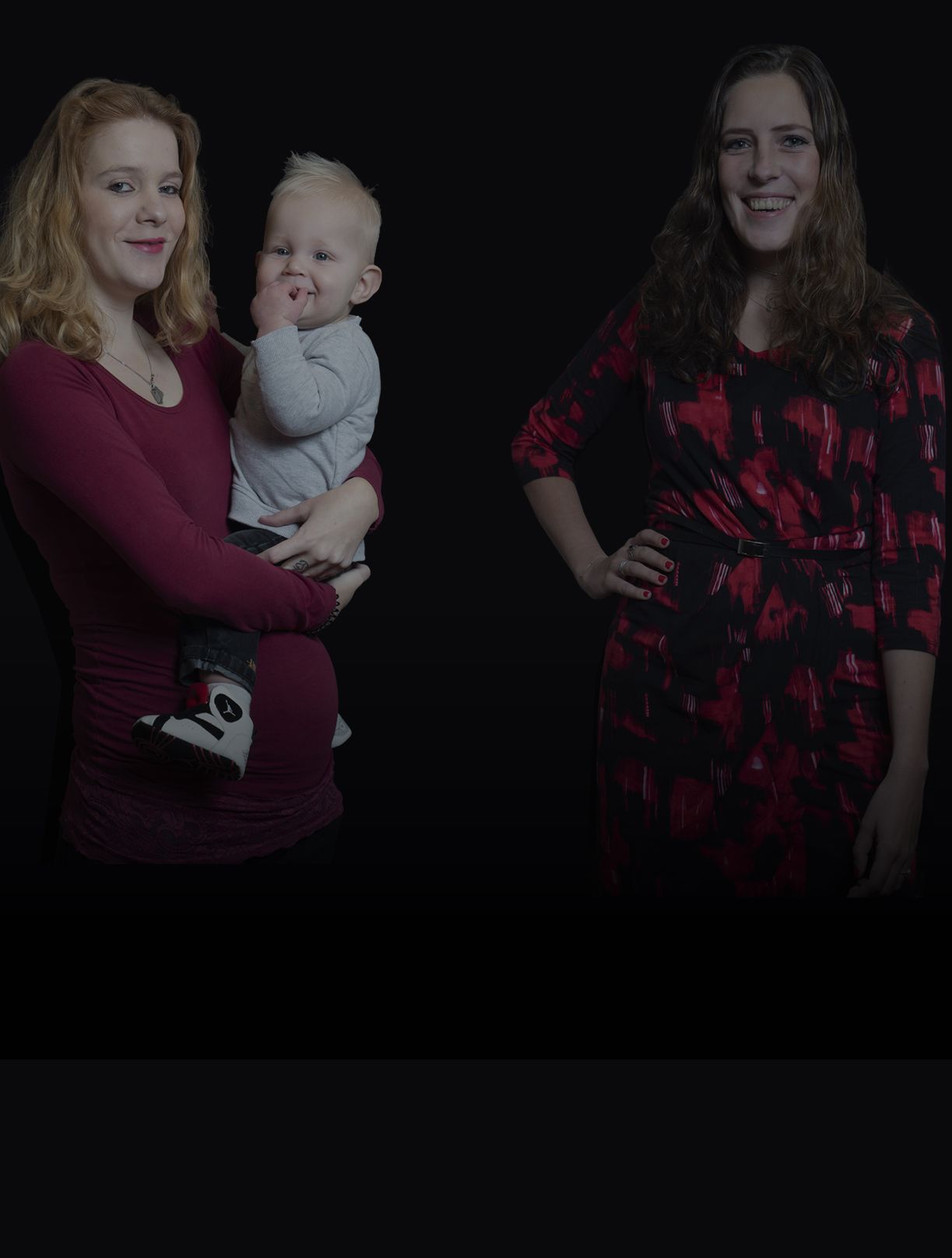Same-gender and crossgender peer acceptance and peer rejection and their relation to bullying and helping among preadolescents: Comparing predictions from gender-homophily and goalframing approaches
The relation between bullying and helping, and same-gender and cross-gender peer acceptance and peer rejection was examined in a sample of preadolescents of 11 and 12 years (N = 1065). We tested predictions from a gender-homophily approach versus predictions from a goal-framing approach in which acceptance and rejection are seen as being generated by approach and avoidance goals, respectively. For preadolescents, both approaches predict a central role for gender, but the gender-homophily approach predicts symmetrical effects for acceptance and rejection, whereas the goal-framing approach predicts strong asymmetries. The data supported the goal-framing approach. Most importantly, acceptance is specifically gendered whereas rejection is less; acceptance is much more frequent than rejection; there is a cross-gender ignorance effect i.e., in terms of acceptance, boys ignore helping in girls, and girls ignore bullying in boys.

